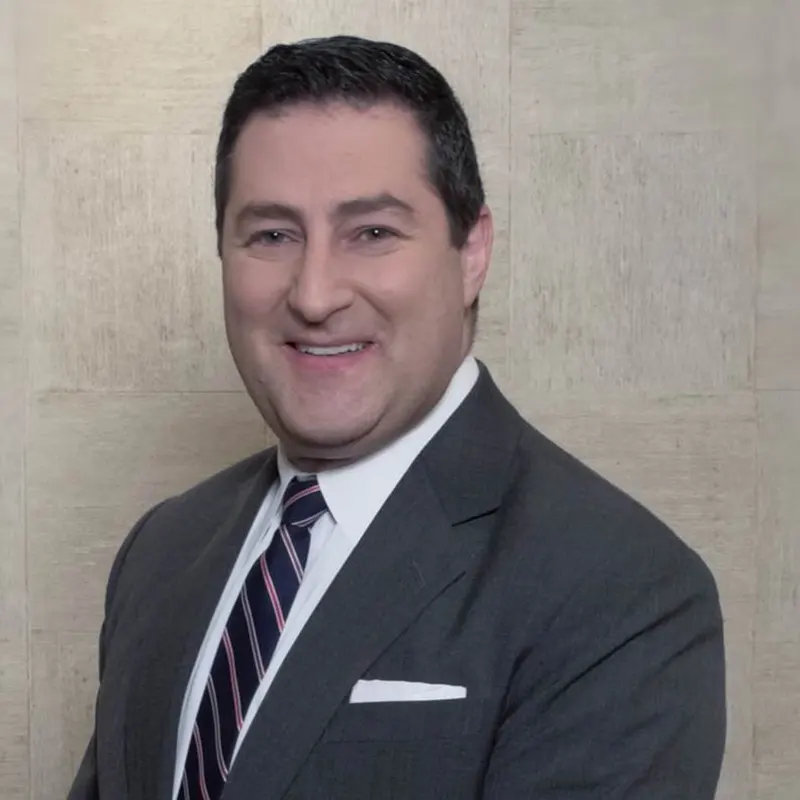

People with disabilities and their families face large financial hurdles. For many years, they were not permitted to accumulate any assets, or even work part-time, without losing Supplemental Security Income (SSI) or any means-tested government benefits. However, with the introduction of the “Achieving a Better Life Experience” or ABLE account in 2016, children or adults with disabilities may save as much as $100,000, without putting their benefits at risk. And, according to Consumer Reports, in the article “ABLE Accounts Can Help People with Disabilities Save Tax-Free,” the accounts are now available nationwide.
Anyone, including the beneficiary, can contribute to these accounts, up to the $100,000 limit. However, there are some people who may be able to put even more money into ABLE plans, as a result of the 2017 tax law change. Eligible individuals who are employed may earn up to $12,140 without endangering their benefits, as long as the funds are put into their ABLE account. And those who also have a 529 college savings plan, can roll that money into an ABLE account.
These are improvements, says experts in the disability world. However, making more eligible people aware of these accounts is a challenge. Without access to an ABLE account, a person with disabilities who has more than $2,000 in a savings account might lose out on essential services, including SSI and Medicaid.
Special needs trusts have long been available to help disabled individuals or their families put aside money, but the cost to set them up is higher than simply opening an ABLE account.
Research shows that there are about 8 million disabled individuals who are eligible for ABLE accounts, but at the end of 2018, there were only 35,000 ABLE accounts, with more than $170 million in assets.
There are some limitations to ABLE accounts. The disability must have occurred before the person turned 26. Since 2016, bills have been introduced into Congress, including some new legislation that is before both the House and the Senate, that would raise the qualifying age to 46. However, it’s not yet clear whether this amendment is going to get enough support to pass.
There is good news for those who have had a diagnosis prior to turning 26 and are already receiving SSDI (Social Security Disability Insurance) or SSI. They automatically qualify. If you aren’t receiving those benefits but your disability fits with Social Security’s criteria, most plans actually let you certify yourself. You just need a doctor’s note and a date of diagnosis. Be prepared to have to prove that in the future.
Like college 529s, you don’t have to live in the state where you open an account. Any plan that is nationally available can be used. There are now more than 40 state plans, and only a few are limited to state residents. The account can be opened by a parent, guardian, or person who has power of attorney for a disabled person or a minor.
Unlike 529 plans, there can only be one account for one person.
The most you can save every year is $15,000.
The total able account balance can grow to $100,000, without triggering an SSI benefit loss. However, if that limit is exceeded, the SSI payments will be suspended until the account falls below the limits.
If you are not receiving SSI benefits, you can save up to the 529 limit for the state, which is usually $350,000 or more.
The money is intended to be spent on qualifying expenses, which are things that enhance a person’s health, well-being and independence. Typical qualifying expenses include basic living expenses, education, career training and assistive technology
An estate planning attorney, who works with Special Needs families to create estate plans that incorporate Special Needs Trusts (SNT), will be able to provide guidance, so that the ABLE account aligns with the overall estate plan for the family.
Reference: Consumer Reports (April 11, 2019) “ABLE Accounts Can Help People with Disabilities Save Tax-Free”
The 15 minute initial phone call is designed as a simple way for you to get to know us, and for our team to learn more about your unique estate planning needs.

222 Bloomingdale Rd #301,
White Plains, NY 10605
120 North Main Street, Suite 203,
New City, NY 10956
